Symbols of Hope & Divine Provision
The most significant mention of palm trees in Christianity occurs during the Entry of Jesus into Jerusalem. On that momentous day, as Jesus makes his way through the streets of Jerusalem, the air resonates with the shouts of “Hosanna!” and a sea of swaying palm leaves. This moment, now commemorated as Palm Sunday, signifies the start of Holy Week and encapsulates the essence of hope and triumph.
But the palm’s importance doesn’t end there. Throughout the Bible, these majestic trees serve as powerful metaphors. In the Psalms, the righteous are compared to flourishing palms, standing tall and unshakeable. The Book of Revelation paints a celestial scene of multitudes praising God, palm branches held high in ultimate victory. Even in times of hardship, palms offered solace. Imagine the weary Israelites during the Exodus, finding respite among seventy palms at Elim – a vivid symbol of God’s provision in the desert.

L’Entrée du Christ à Jérusalem (1632); Source: wikimedia
Miraculous Palm in Mary and Jesus’ Journey
The palm tree holds a special place in both Islamic and Christian traditions, featuring prominently in the stories of Mary and Jesus. In the Qur’an, we find Mary seeking refuge under a palm tree during her labour, while the Gospel of Pseudo-Matthew places the event during the travel to Egypt after Jesus’ birth.
Both accounts share a miraculous moment: Mary, tired and famished, yearns for the fruit of the palm tree. In response, the infant Jesus commands the palm tree to bow down, offering its dates to his mother. The tree complies, and in certain versions, fresh water gushes forth from its roots. This tale beautifully illustrates Jesus’ divine nature, even as a newborn or unborn child.
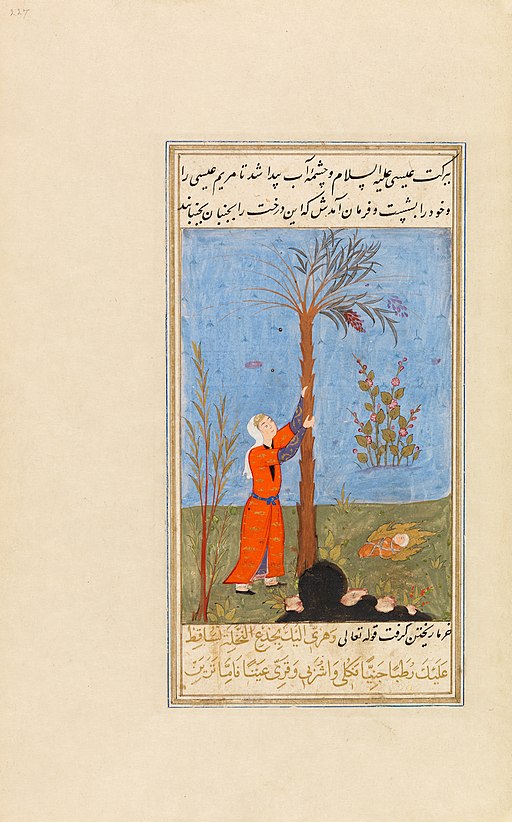
Mary at the palm tree with baby Jesus (1570); Source: wikimedia
Iran’s Sacred Bond with the DATE PALM
For the people in Iran’s date-growing areas, palm trees are ever-present, from the cradle to the coffin, with every part of the tree historically utilised in daily life. This deep connection extends to spiritual and religious practices, where palms play a crucial role in local customs and beliefs. For instance, fresh palm leaves and branches are never burned until they dry, as they are believed to possess life and feelings. Cutting down a green palm tree is considered ominous, and the act must be atoned for by planting a new tree, making a sacrifice, or giving alms to ward off evil.
The connection between palm trees and fertility is evident in customs found in southern Iran, such as the myth of palm trees falling in love and marrying to ensure fertility. Ancient beliefs suggested that a tree’s upward growth connected it to heavenly forces. A bent or downward-facing tree was seen as demon-possessed, considered mad, and believed to be beyond cure.
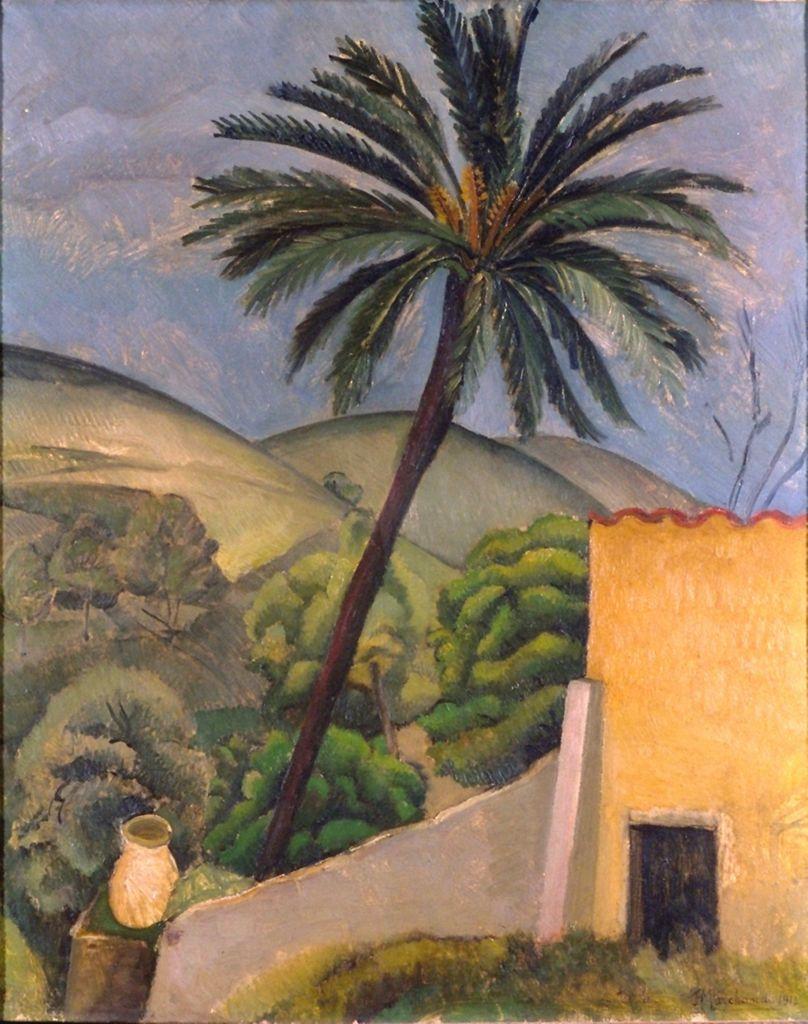
Date palm by Jean Hippolyte Marchand (1883-1940); Source: jstor
Symbols of Victory in Ancient Art
Palm motifs were prevalent in various cultures and artistic traditions, including Greek, Egyptian, Islamic, Moorish, and Byzantine art. In these contexts, palms symbolised paradise, divine order, victory, and eternal life. They appeared in frescoes, mosaics, manuscripts, and architectural decorations, such as the 4th-century fresco in Villa Romana del Casale in Sicily, where the goddess Nike presents palm branches and crowns to the winner of an athletic contest.
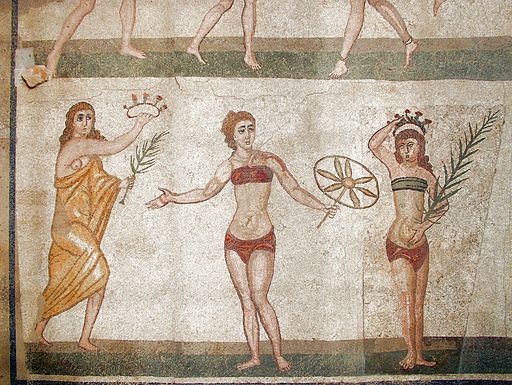
Goddess Nike holding palm branch; Source: wikimediA
The Church Triumphant in the Crusades
In the 11th century, Lambert, the Abbot of Saint-Omer, emphasised the palm tree as a symbol of the Church Triumphant in his manuscript Liber Floridus. He saw the palm on Mount Zion as a representation of the Church of Jerusalem, which was restored to Christianity during the Crusades. Lambert also connected the palm tree with martyrdom and the virtuous qualities of Crusaders.
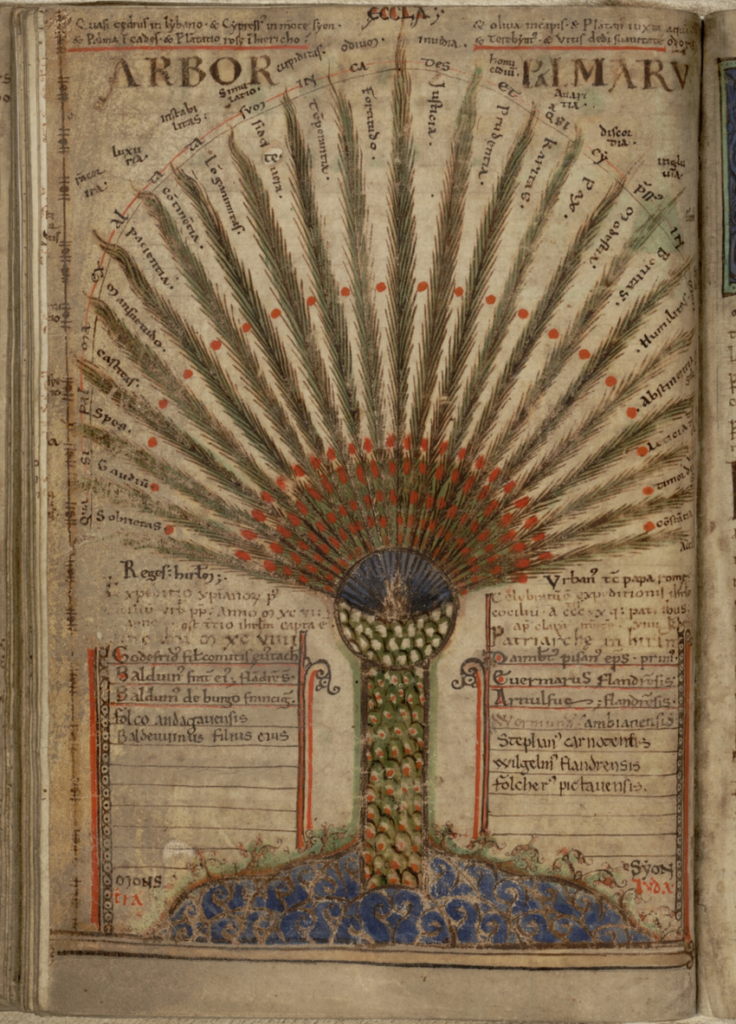
The great palm of virtues in Liber Floridus; Source: wikimedia
POTENTIAL MEDICINAL BENEFITS OF PALM
Palm trees belong to the Arecaceae family and produce a variety of fruits, including dates, bacaba, patawa, açaí, buriti, and many more. These fruits are rich in carotenoids, anthocyanins, tocopherols, minerals, vitamins, and amino acids. These compounds have been associated with various health benefits, including anti-inflammatory, antiproliferative, antiobesity, and cardioprotective effects.
The consumption of products derived from the palm tree family, such as beverages, candies, jams, and edible oils, not only provides essential nutrients but also contributes to overall well-being and may have applications in the food, pharmaceutical, and cosmetic industries.
References
- Tengberg, M., 2012. Beginnings and early history of date palm garden cultivation in the Middle East. Journal of Arid Environments, 86, pp.139-147.Mourad, S.A., 2002.
2. From Hellenism to Christianity and Islam: The Origin of the Palm Tree Story concerning Mary and Jesus in the Gospel of Pseudo-Matthew and the Qur’an’. Oriens Christianus, 86, pp.206-16.
3. Taslim Jahromi, F., 2023. Analysis of the myths of creation and fertility related to palms in southern Iran (Base on Jahrom’s beliefs). Literary Research, 20(81), pp.7-16.
4. Mahboubeh, Taheri., Effatolsadat, Afzaltousi. (2016). Palm: the tree of life in myths and monotheistic religions. International journal of humanities and social sciences.
5. Taslim Jahromi, F., 2023. Analysis of the myths of creation and fertility related to palms in southern Iran (Base on Jahrom’s beliefs). Literary Research, 20(81), pp.7-16.
6. da Silveira Agostini-Costa, T., 2018. Bioactive compounds and health benefits of some palm species traditionally used in Africa and the Americas–a review. Journal of Ethnopharmacology, 224, pp.202-229.
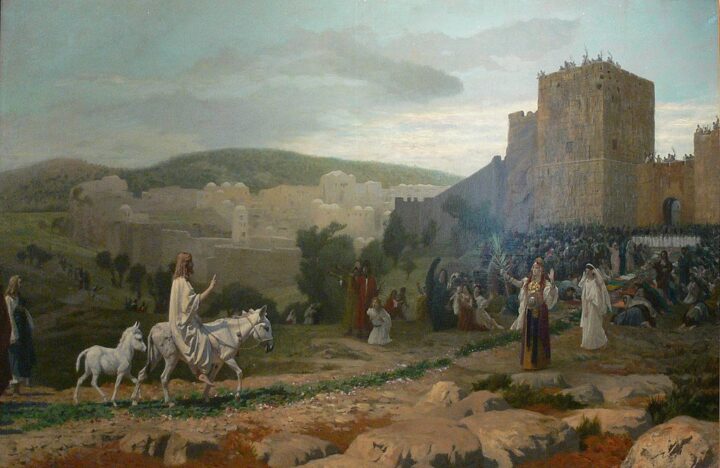
Leave a Reply